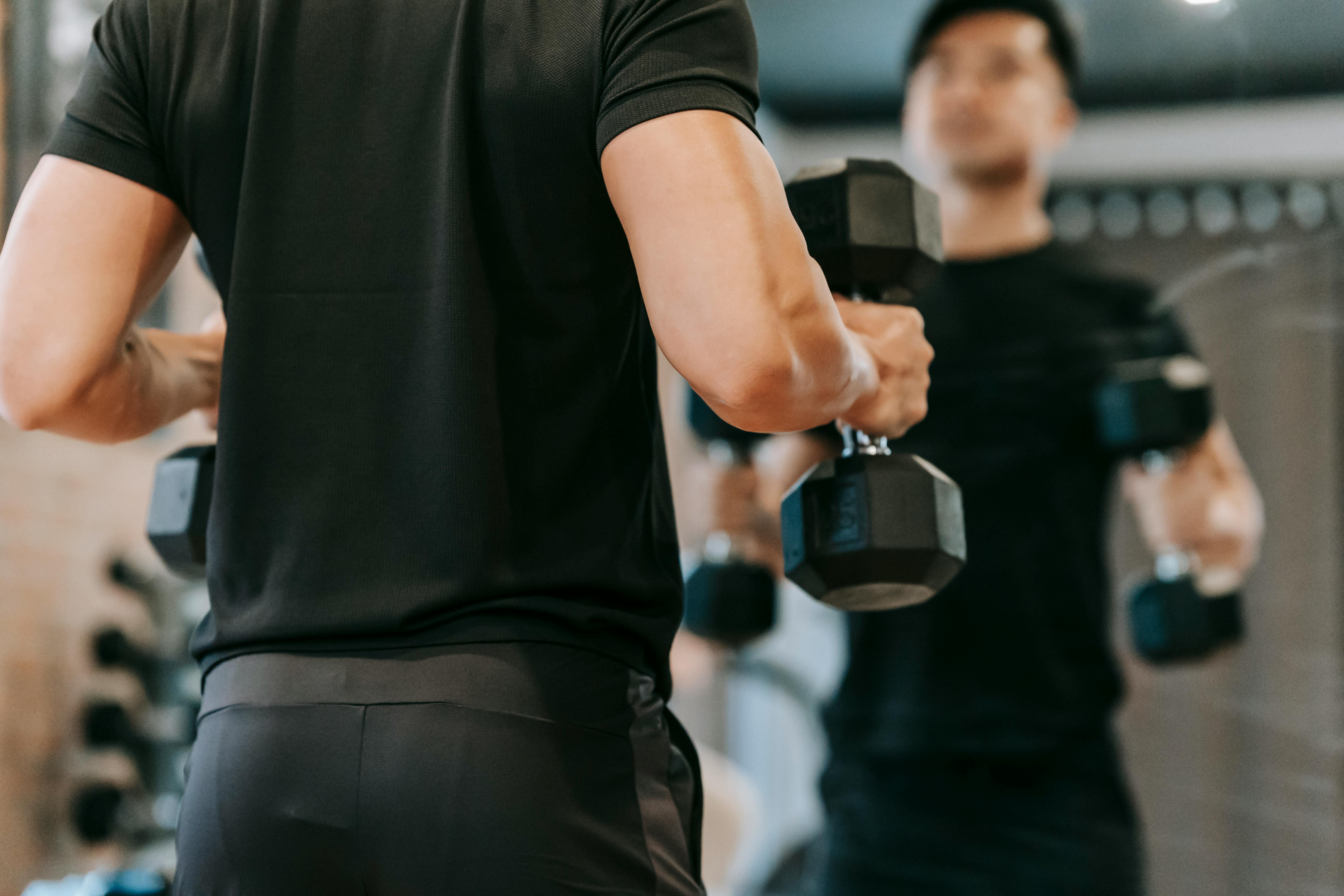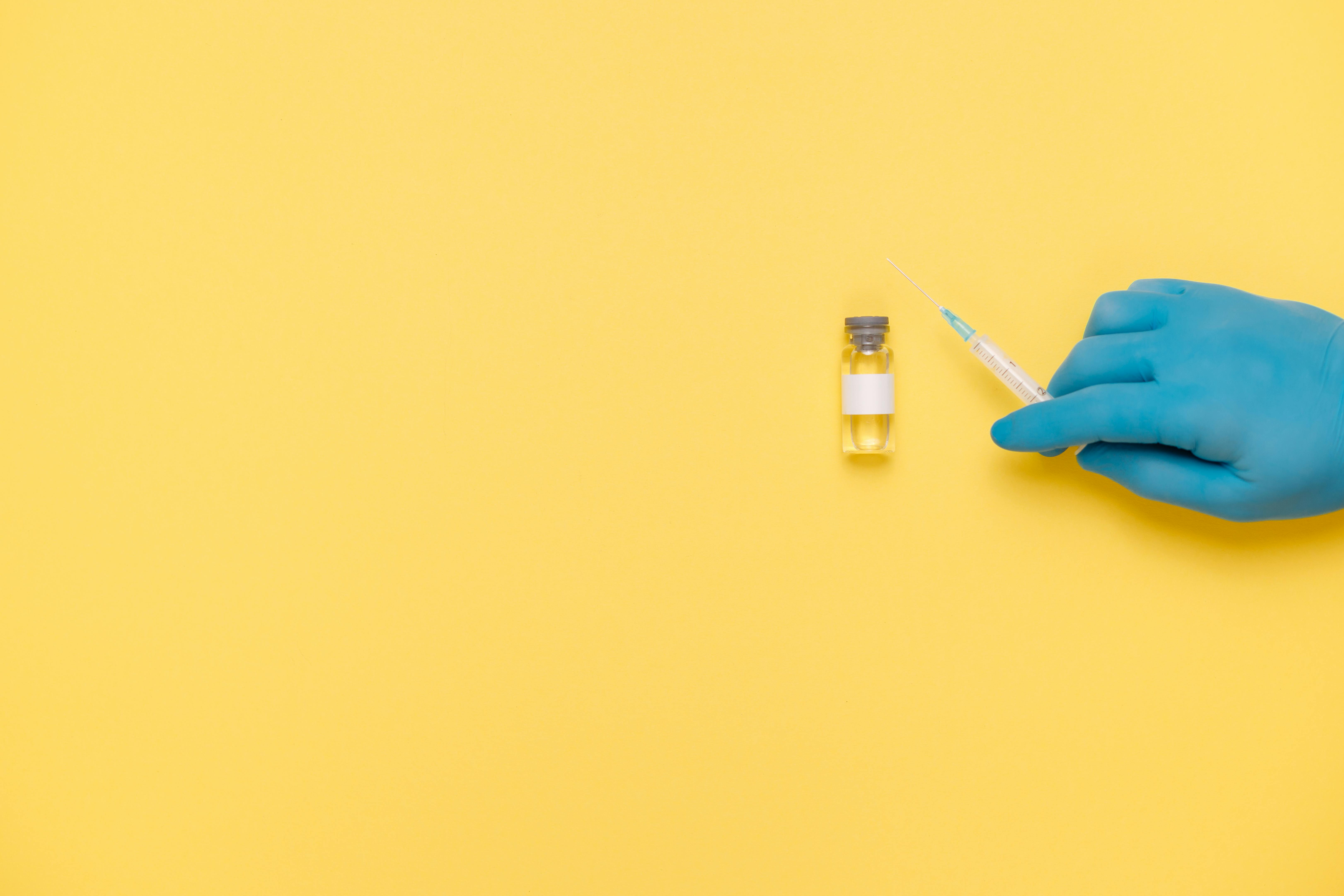Knowing how to use a brayer can add a lot to your handmade greeting cards and scrapbook pages or 3D paper craft projects. If you’ve ever had trouble finding the right colored paper for a particular project, a Brayer may be able to solve your dilemma. If you have the ink or paint color you need
you want, you’re in business with a brayer.
Many crafters know how to ink a brayer and spread a bit of color onto the paper. For people who have never used one, just make sure to roll the ink or paint evenly on the roller by rolling the rubber over the ink pad, lifting it up and rolling it over and over, until you can see the entire piece rubber is evenly covered.
The first coat of color will create a hard line on the paper. To avoid this, place some paper under the cardstock and spread the first piece of color right next to the paper. Continue spreading the ink or paint, gradually layering the color onto the cardstock. You will have far fewer streaks or lines if you use this technique and you will find that the colors blend more beautifully.
If you are using multiple shades of color, always start with the lightest color first. You won’t need to clean your roller between colors if you’re working from the lightest to the darkest shades. Just keep a roll of paper towels handy to remove most of the color between coats.
To clean your brayer, use alcohol-free baby wipes (so it won’t make your rubber roller dry and hard or crack), stamp on the cleaning mist, or remove it from your handle and wash under the tap. Dry it with paper towels by placing it back on its handle before rolling it up on a paper towel.
However, your Brayer can work harder for you than this. Here are some other ideas for trying special effects.
Special effects and your Brayer
An interesting effect that you can try is to wrap the roller of your brayer with rubber bands before inking it. Take the roller off the handle, twist some rubber bands over the roller until you have a nice pattern, and snap it back into place on the handle. Ink your brayer and elastic bands and apply to your cardstock. The patterns this will produce can be very interesting and unique. If you don’t want a shadow effect, be sure to press the Brayer roller firmly against the card stock on the first pass and avoid going over the same area again.
Try to ink the clean brayer again with new rubber bands and another color of ink and roll over the cardstock after the first layer has dried.
Now try wrapping other materials like ribbon, twine, or string around the rolling pin and see if you like the patterns made from them.
Another element to experiment with the roller itself is the paper and the repositionable tape. Apply it to the rubber in the pattern you want. Ink the brayer, then carefully remove the paper and tape before applying the ink to the cardstock. Of course you will have areas that are not colored by the brayer when using this method.
Remember that ink will resist heat etched images even if applied with brayer. First emboss your image onto your cardstock, then once it’s cool, go over it with an inked brayer. You can then wipe the embossed image with a tissue to make it shine again and allow it to really stand out. Try this method with glossy cardstock, for example. You will have a beautiful glossy finish with this paper. Glossy cardstock is wonderful for embossing images and then braying them.
Brayers can also be used on uneven surfaces. Try rolling ink or paint onto a dry embossed image (with the embossed side up, you’ll get more ink on the hills or edges of your image. With the embossed image side down, you’ll get more ink on the flat paper around the image ).
Try gluing a pattern onto paper or directly onto your craft mat and place the soon-to-be-inked paper on top before braying. Small edges caused by the tape or even another sheet of paper or cardstock will cause the brayer to leave different amounts of ink. You can make sharp corners appear with this method.
If you don’t want the edge of the underlying paper to show, try filling your work surface with layers of old newspaper. They are smoother than other papers and will allow you to achieve more uniformly colored surfaces while giving you enough scrap paper to run the edges of your cardstock with the brayer. You can color your entire piece of card stock this way.
Different papers will produce different looks with your bra, so experiment.
You can draw or color your Brayer roller with water-based markers, just as you can color a rubber stamp with them. Remember to breathe on your roller before braying your paper, as you may find the pens dry out a bit if you take time to colour. Try a pattern of circles, squares, or stripes with your
think. Try feeding the paper from several different directions.
If you want to try writing on your brayer with water-based text, remember that you will produce mirror-like writing with your brayer unless you can write backwards.
Bubble wrap might be just what you need to apply ink to your brayer if you want an interesting background.
Try using a couple colors of ink on different parts of your brayer, or drop ink or paint on your work surface and brayer on it to mix them up.
Remember that you can use metallic inks to ink your brayer. Braying with gold or silver, copper or brass colors will really add pizzazz to your paper crafts. You can apply metallic inks over a painted background or around the edges of a piece to make it stand out and pop. Wrap the middle of your roller in paper before inking the edges with metallic ink, then run this over your image to create a frame.
Brayer over the center of the lace or a doily or net that you have taped around the edges to keep it from slipping, then place cardstock over the inked or paint-covered lace and smooth it out with the brayer. Pick up your poster board and see what a beautiful pattern has been made.
Punch out shapes with your paper punches and place them on your cardstock, securing with repositionable tape or glue. Pass them over with the brayer and you can create perfect negative shapes. This is how you might put a moon on a night sky background, for example.
one last piece of advice
Be sure to store your brayer with the roller facing up. Turn everything around, in other words. This way, your rubber roller will not develop a flat side. You want it to stay symmetrical and smooth.
Many crafters use brayers to create beautiful backdrops of sunsets or lake reflections. I’ll tell you next time.
In the meantime, have fun making your brayer work harder for you!









